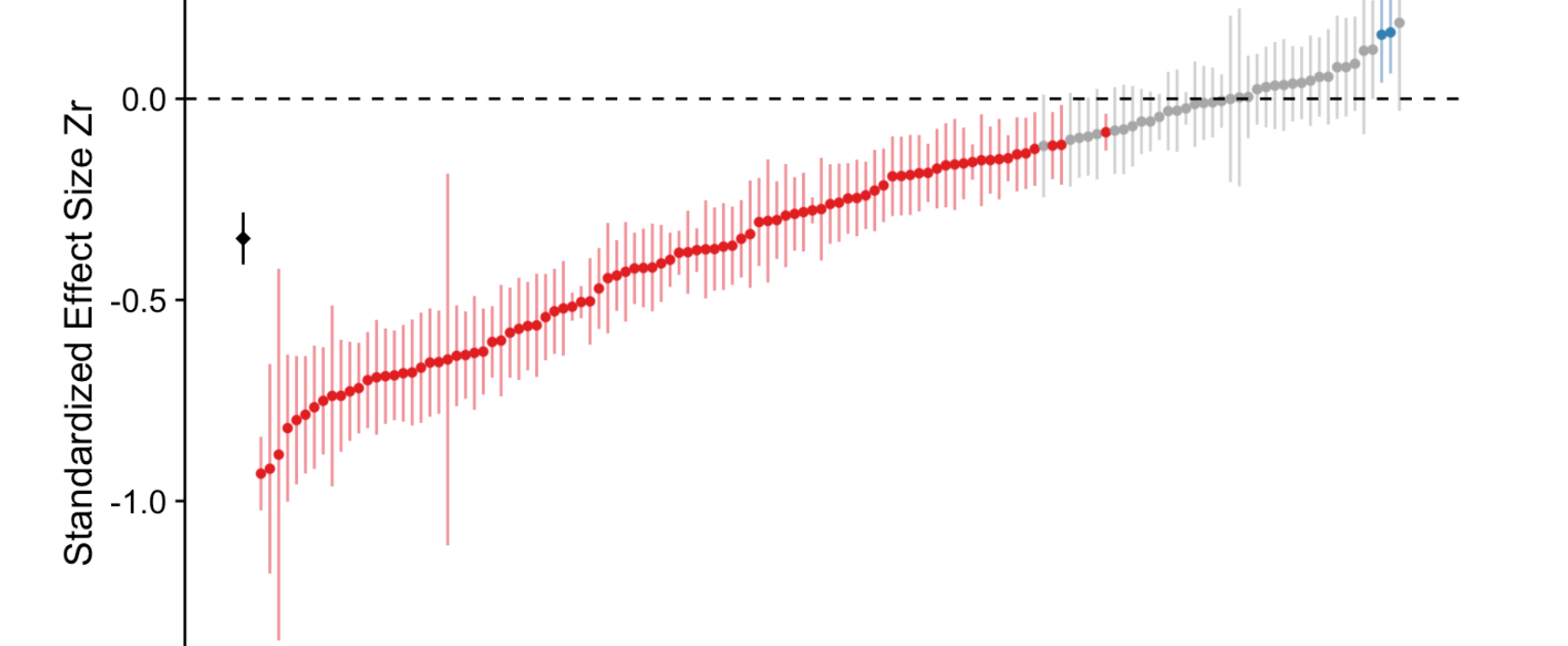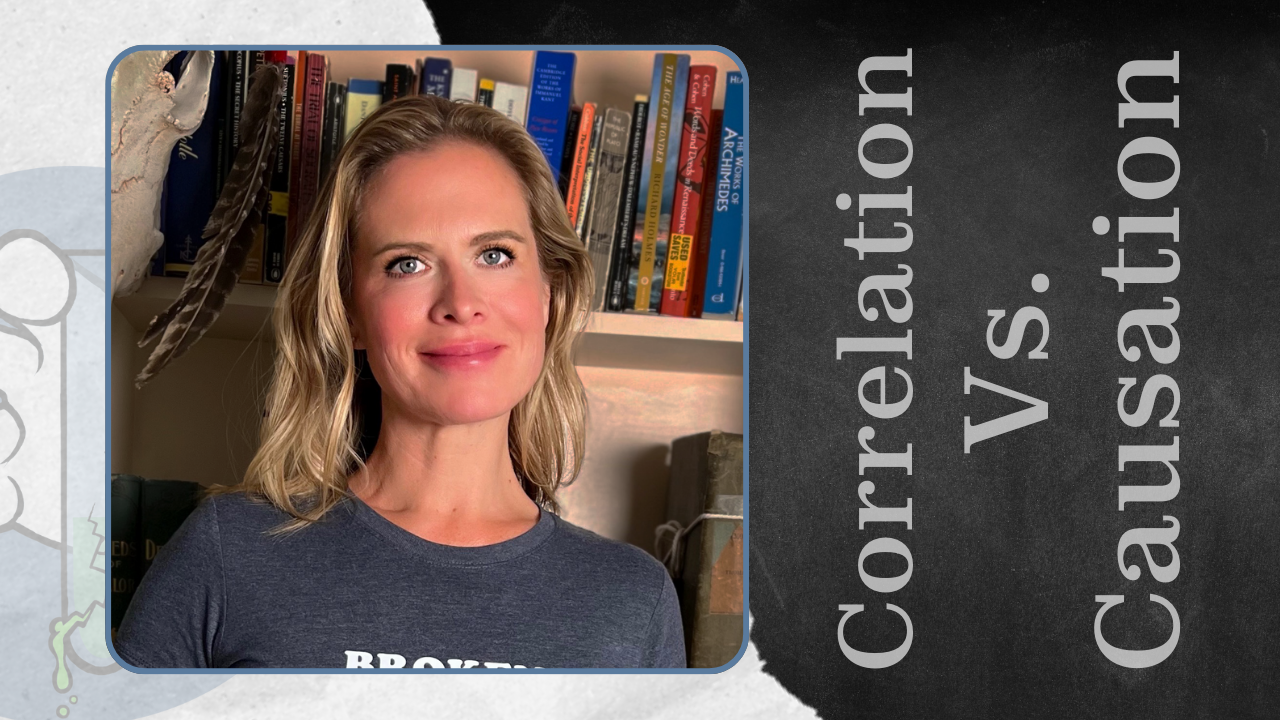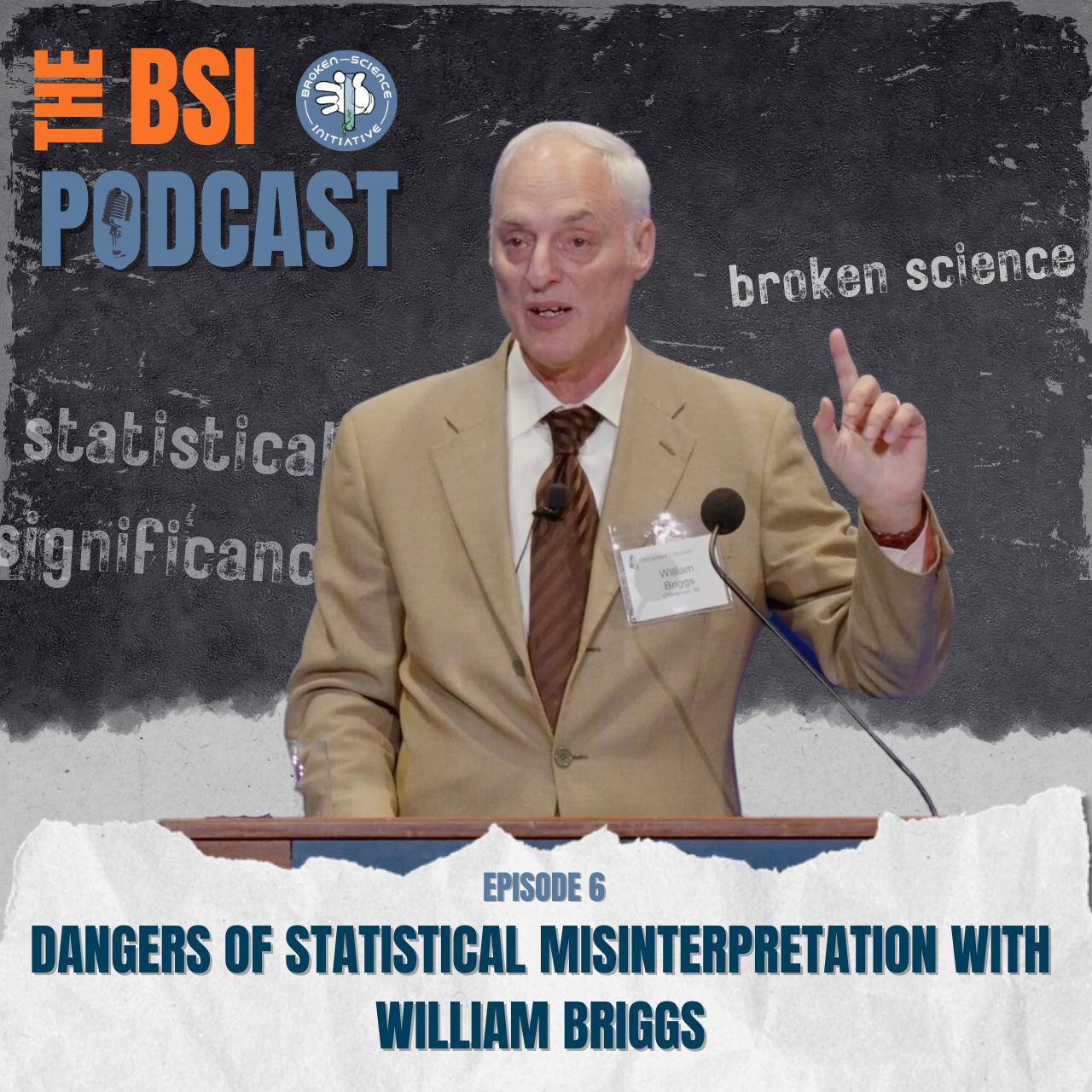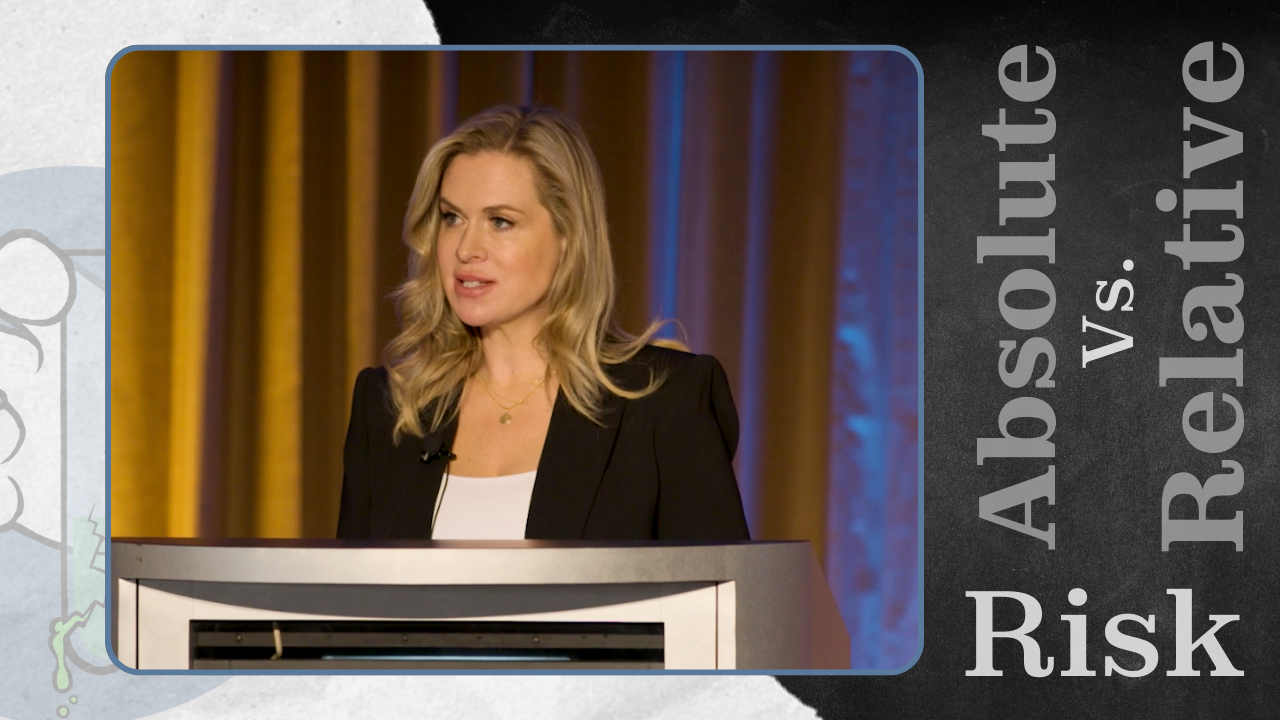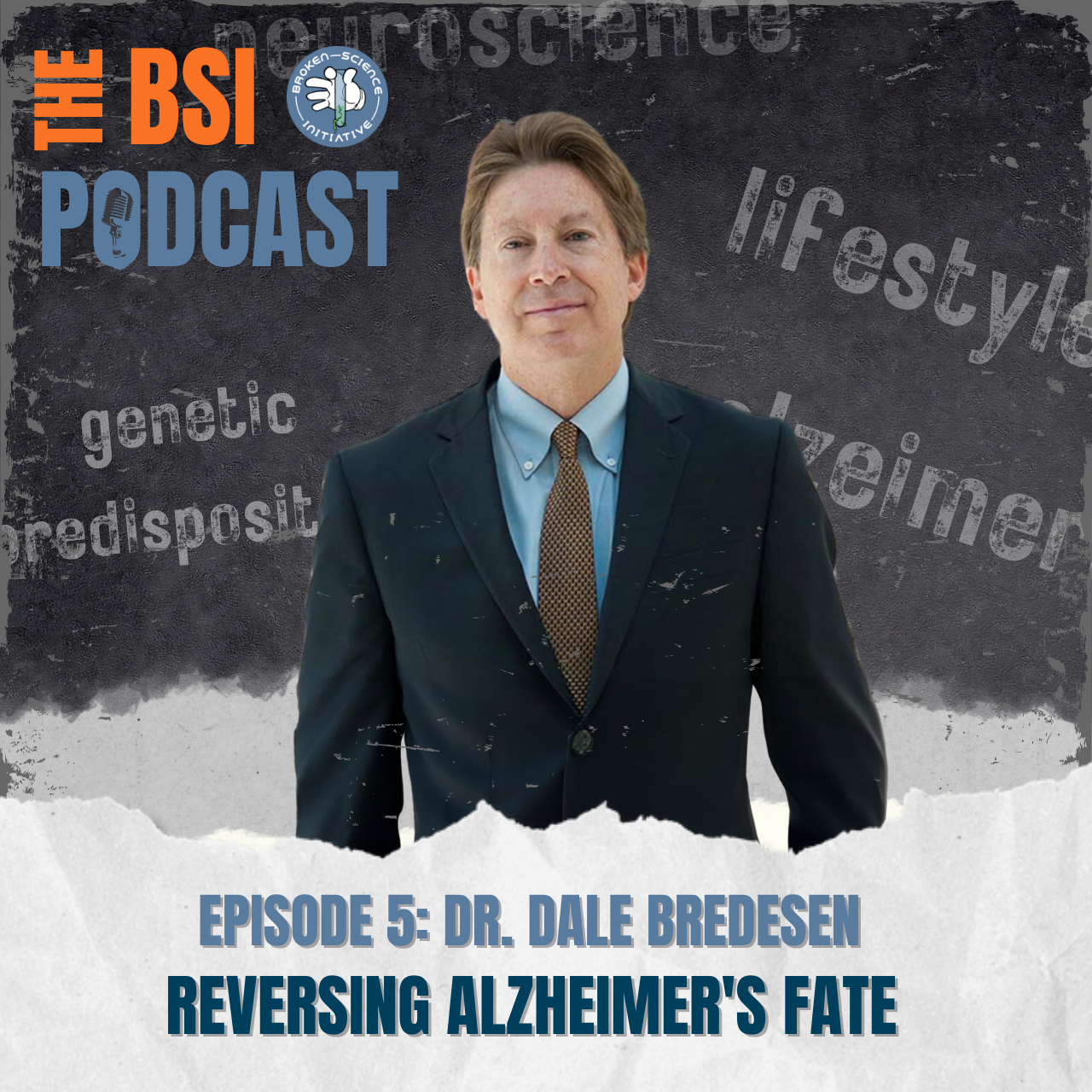Category: Original Content
Category: Original Content
William Briggs examines the wildly varied outcomes produced by statistical analysts when presented identical data sets.
Dr. Malcolm Kendrick dives into history of medical breakthroughs showing us how new ideas are often shunned in order to maintain the status quo.
The end of the COVID-19 pandemic is often associated with the creation and distribution of mRNA vaccines. But were the vaccines actually as effective as they're claimed to be?
Delving into the murky waters of online censorship, this piece uncovers the genesis of Section 230, the law that inadvertently became the root of a heated battle between free expression and digital regulation. Unraveling the complex interplay between government oversight and technological innovation, this piece explores the implications of a seemingly innocuous legislation that now governs the very nature of online discourse.
By Emily KaplanThis essay by BSI’s Emily Kaplan uncovers the shocking reality of how digital giants like YouTube are gatekeeping critical information, effectively silencing independent experts and alternative viewpoints
By Emily KaplanIn this second installment, BSI's Emily Kaplan breaks down the difference between corollary studies and causal studies. Corollary studies can show relationships between data sets, they do not establish cause.
By Emily KaplanIf you’ve ever taken Statistics 101 – or participated in any basic research work – you’re probably familiar with the old adage “correlation does not [...]
BSI’s Emily Kaplan explains the difference between absolute risk and relative risk, using a fictitious example to illustrate how results can be made to sound profound, when they really aren’t.
By Emily KaplanThere has been a commonly held belief that there was nothing one could do to prevent Alzheimer’s. Dr. Dale Bredesen has found that your memory’s [...]
